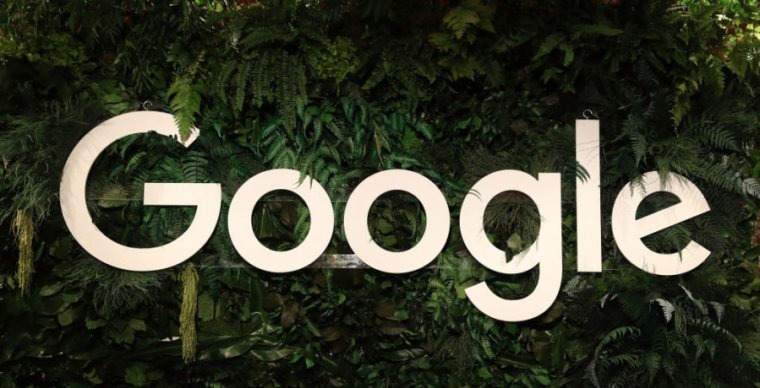The elimination of cached webpages represents the end of an era for Google Search. For decades, cached pages acted as a fallback when websites were unavailable, offering users a snapshot of past content.
But Google has now confirmed cached pages will no longer be accessible or generated moving forward.
This substantial change removes a safety net relied upon by researchers, legal professionals and everyday users alike. Let’s analyze the history of cached pages, their previous usage, and why Google ultimately pulled the plug.
The Role of Cached Webpages
When conducting a search on Google, users would sometimes encounter a “Cached” link under certain results. Clicking this allowed you to access a archived version of the page generated by Google at an earlier date.
This came in handy in several common scenarios:
- The current live website was unavailable due to downtime or domain expiration
- The content had changed substantially since Google last crawled and indexed it
- You specifically wanted to view a historical snapshot of the page for research, legal or other purposes
In essence, cached pages provided a stopgap for missing or altered online information.
The Early Days of Cached Pages
Google’s cached page functionality has its roots in the early 2000s during the midst of the dot com era.
As websites proliferated but infrastructure remained unreliable, site outages were common. Cached pages enabled access when the actual site failed to load.
The cached page structure also served Google Search itself. It provided resilience against lost web data and an avenue to rebuild lost indexes if needed.
As internet architecture matured over the years, cached pages became less singularly vital for uptime. But users still valued them for research purposes as the web expanded exponentially.
Dwindling Relevance and Technical Hurdles
According to Google, cached pages have declined enough in popularity and utility to warrant removal.
With site reliability improving significantly, the availability use case weakened. And tools like the Internet Archive’s Wayback Machine provided specialized historical website access.
Additionally, the complex infrastructure required to generate, store and serve cached page content only grew over time. Maintaining this system eventually proved unsustainable.
But while cached pages faded for Google engineers, many users remained unexpectedly attached to the familiar tool.
The Unexpected Backlash
When news broke of cached pages going away for good, backlash swiftly erupted among power searchers.
Many researcherscame to rely on historical cached pages in Google to analyze how websites evolved link structures, content and other attributes overtime.
Additionally, legal professionals utilized cached pages to establish evidence involving trademarks, patents and more.
For these groups, transitioning workflows to new tools like the Internet Archive’s Wayback Machine posed an inconvenient roadblock.
Ways Forward After Cached Pages
While the loss of cached pages does disrupt some established use cases, there are silver linings and alternatives worth embracing.
With Google serving only current website versions now, searchers benefit from maximum freshness and accuracy.
Specialized archiving solutions can enable better historians website analysis than cached pages provided. For example, tools like Archive.org and Archive.ph allow exploring patterns across websites and explicit capturing of pages over time.
Legal and insurance professionals have commercial solutions like Proofpoint for establishing evidentiary records.
For broader consumers, embracing tools like the Wayback Machine earlier makes adjusting simpler. Developing web literacy skills around evaluating credibility and changes also grows in importance.
An Inevitable Milestone
Ultimately the elimination of cached pages marks the end of an era – one of ubiquitous downtime and simpler archiving needs.
And while the closure of this unique utility sparks difficulties for some, new solutions continue rapid emergence.
By proactively exploring substitute tools and focusing efforts on higher quality, sustainable approaches tailored to specific use cases, the post-cached page age brings both opportunities and incentives for innovation.
And the death of cached pages invites reflection on how profoundly search and the internet itself has transformed within two decades, forcing us to continually reassess tooling priorities in ever more demanding information environments.










Add Comment